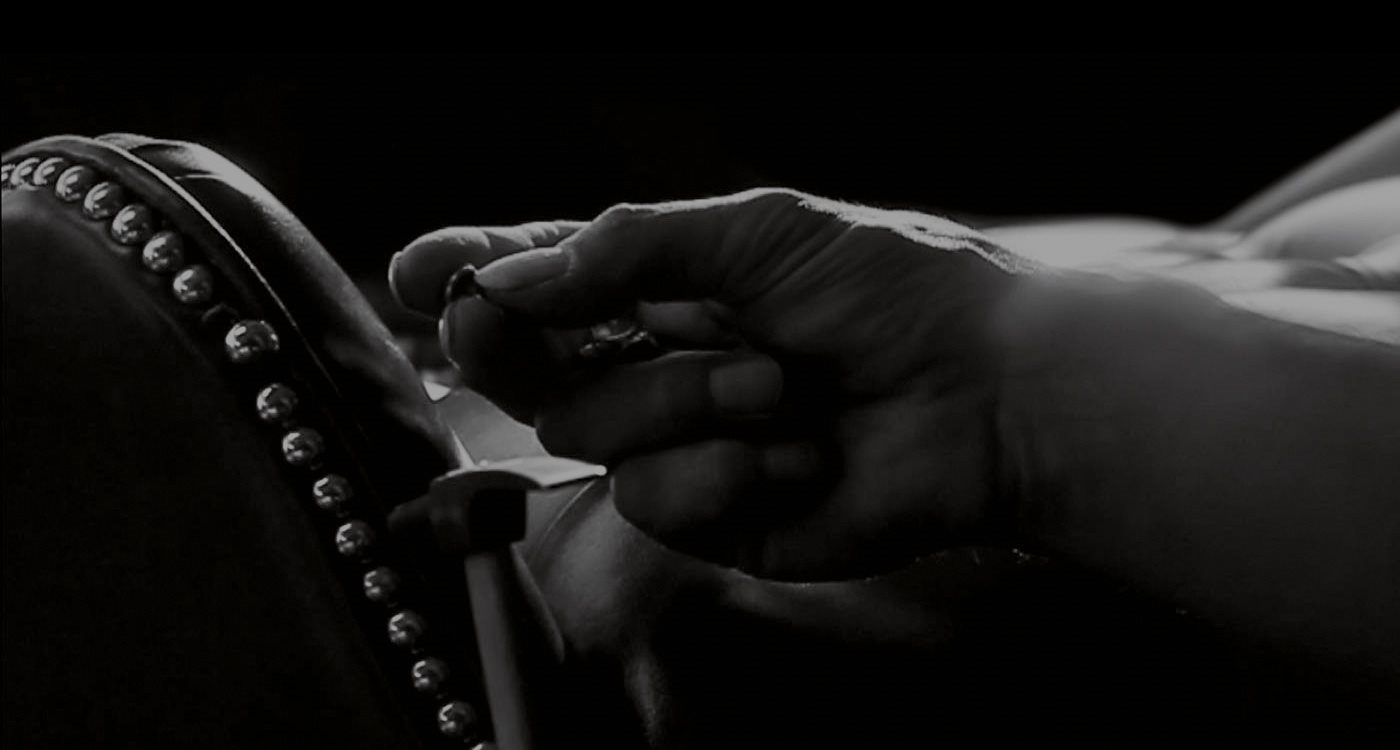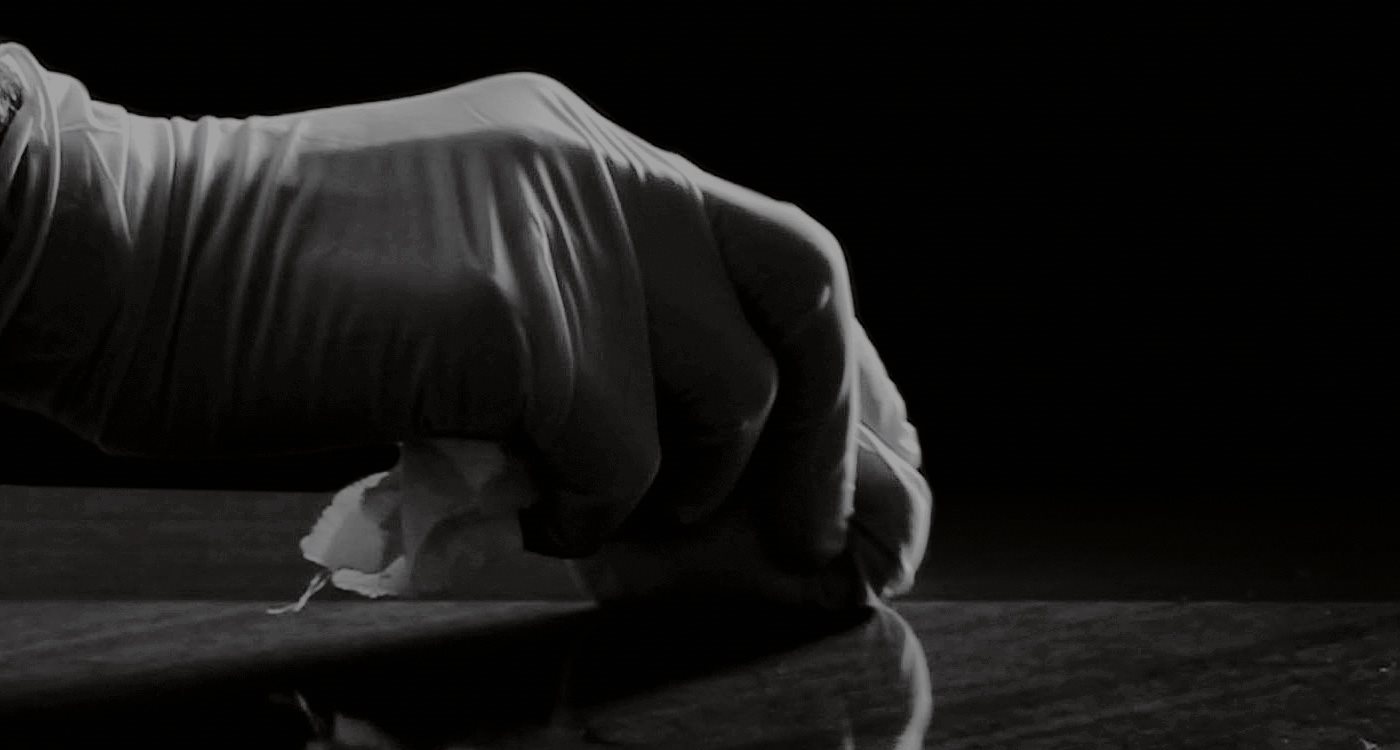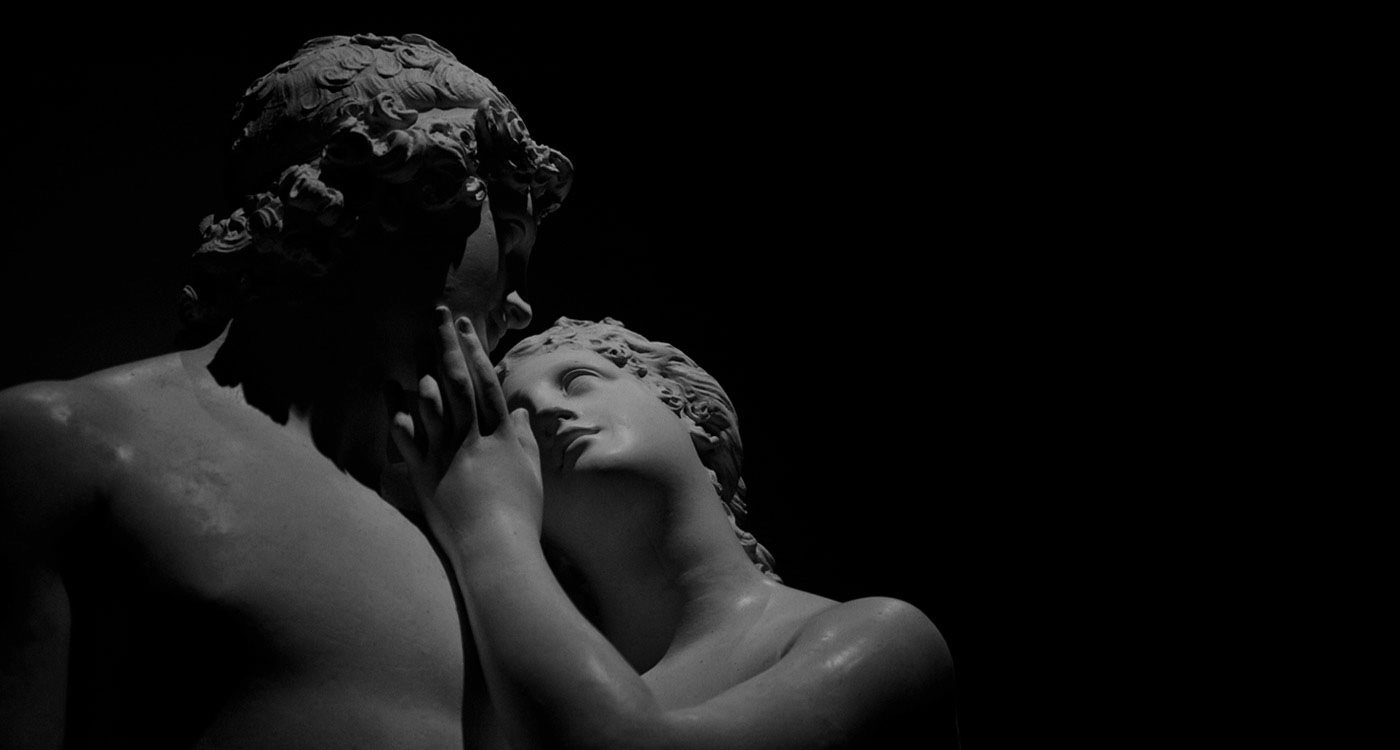The hides normally used in our sector are around 1.1 - 1.2 mm thick because they are less expensive and easier to work. These more common hides are not part of Mascheroni’s sample range. The thinnest hides we work with are around 1.4 mm, and this is our starting point. We have various categories of leather, all much thicker, thus more difficult to work, but that ensure the end product will last longer. What makes our leather so difficult to work, apart from the fact that it is twice and even sometimes three-time as thick as common leathers, is the physical features of the hides: for example, “vegetable tanned leather” is really difficult to bend, fold and sew because it is more rigid.
NATURAL HIDES
These hides are tanned so that all the natural characteristics are left intact and to preserve the excellence of the hides themselves, including the marks of the animal’s life, like small insect bites, wrinkles and different grain. All these marks are a testimony to the fact that the product is indeed natural, and thus must be considered traits of the quality of the product.It is Mascheroni’s job to ensure the hides are cut as well as possible so that those “marks” do not show up on the visible parts of the products.
AF HIDES
Bovine hides, mainly European, between 1.4 - 1.5 mm thick, tanned using chromium salts, aniline drum dyed, natural grain, full grain. Soft and warm, an extremely beautiful look.
LEATHER
Bovine hides, mainly European, between 1.6 - 1.8 mm thick, tanned using chromium salts, aniline drum dyed, full grain. Semi-lucid, almost smooth surface with an aniline effect, “firm” and solid.
PELLE 3M/A
Bovine hides, mainly European, 2.2 mm thick, tanned using chromium salts, aniline drum dyed, natural grain, full grain. Feels like silk. A splendid and delicate material with matchless beauty. The tiny imperfections are a guarantee that the hides are natural.
PELLE 3M
Bovine hides, mainly European, 3 - 4 mm thick, tanned using chromium salts, aniline drum dyed, natural grain, full grain. The almost 4mm thickness guarantees the product will last a long time. The surface has extraordinary natural marks of the life of the animal. Full grain. Strong and warm.
VEGETABLE-TANNED LEATHER
Bovine hides, mainly European, 2.2 mm thick, vegetable tanned, full grain. Semi-lucid smooth surface, strong and warm. An excellent material, extraordinarily beautiful. Available as half hides only. Vegetable tanning uses an old recipe that blends bygone processes with all the technology available today. The process is done by tanners that hand down their slow tanning craftsman from generation to generation with care and passion, thus turning the raw hides into leather without jeopardising nature in any way. A process that is based on the use of natural tannins extracted from trees, on new technology and on long processing times.Indeed, it takes almost 40 days to turn raw hide into a leather like no other in the world, inimitable and unmistakable. Vegetable tanned leathers take on traces of our life. They age, but do not spoil. It is the very changes and personal use over time that bear witness to a product’s naturalness.
As time goes by, the colours of the tannins give the leather warm hues that tend to stand out on the surface of each piece as it is used, products that become unique, personal and that are unrepeatable for each user, like what happens to our skin. The product tends to transform depending on how it is used, thus bringing out its better side. Choosing a product made from this leather means owning a unique, one-of-a-kind product.
The use of tannins leads to extremely high quality products: soft and smooth leathers, marked by full and brilliant dyes, finished in all the possible ways and destined for any use. Products that also have enviable mechanical wear and tear, fully balanced products, even from the point of view of water and temperature resistance, parameters that are often cited as important limits to natural products.
The result is a product that is superior in every aspect, that blends excellent technical features with the prerogative of being made with materials with bygone tastes, that has warm colours and a unique design, a product that will last and improve in time, a product that, at the end of its useful life, can be disposed of safely.
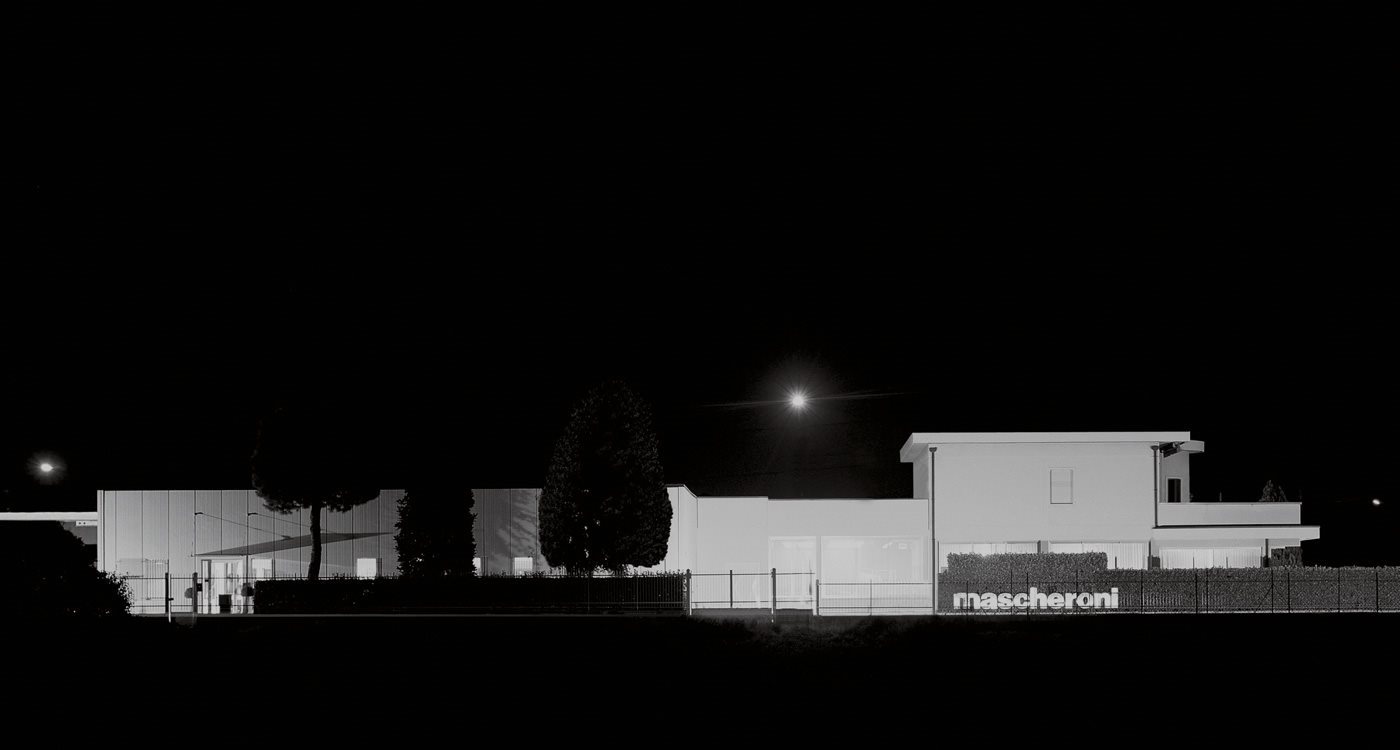
.jpg)
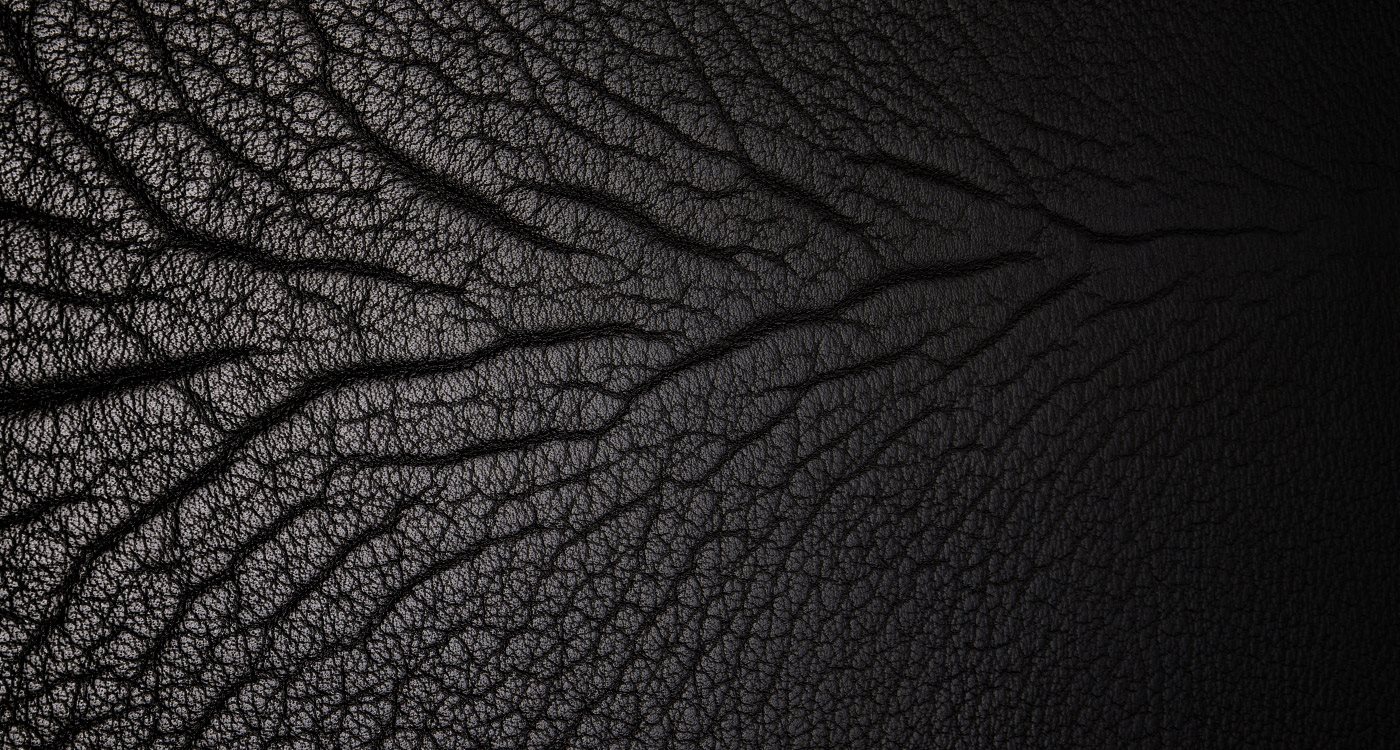
.jpg)
